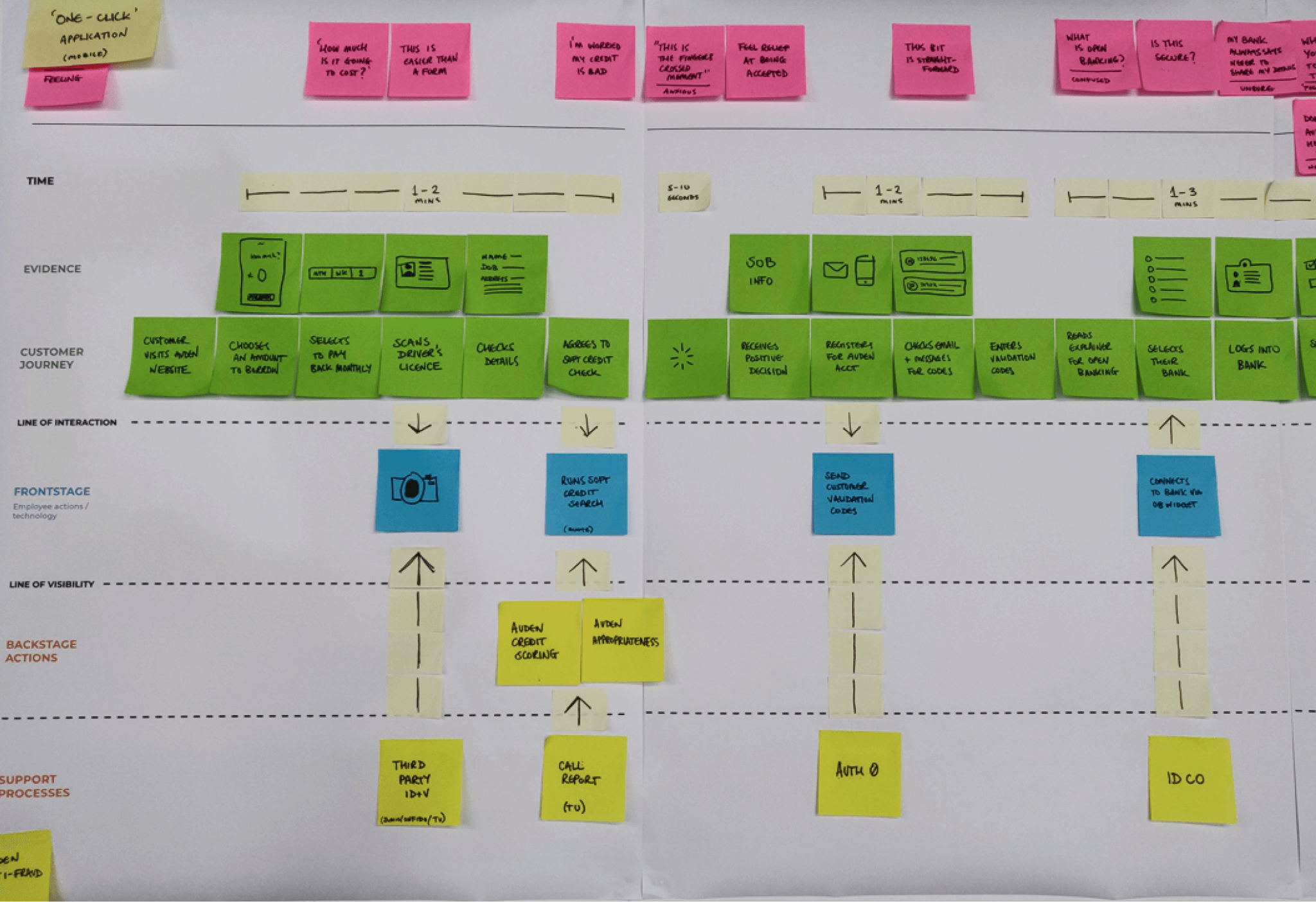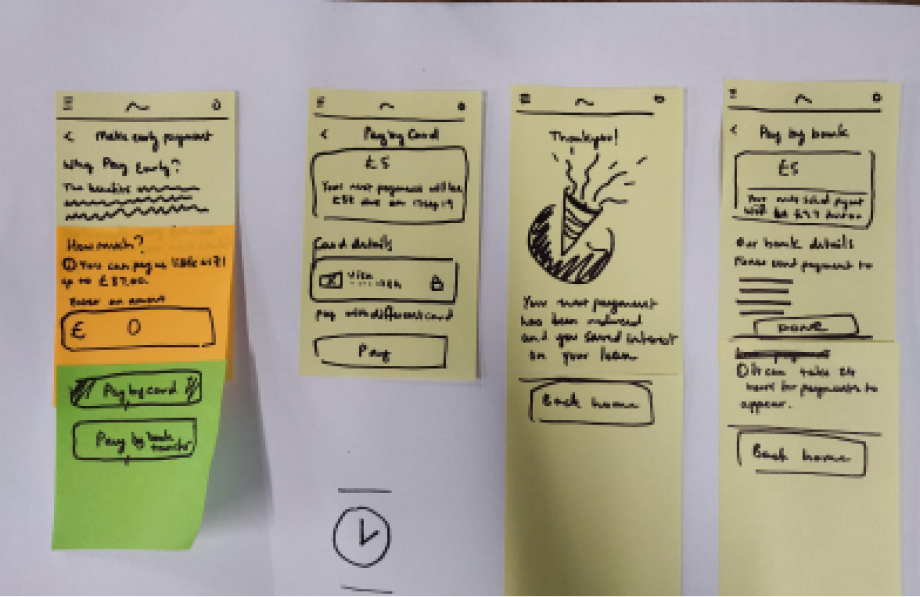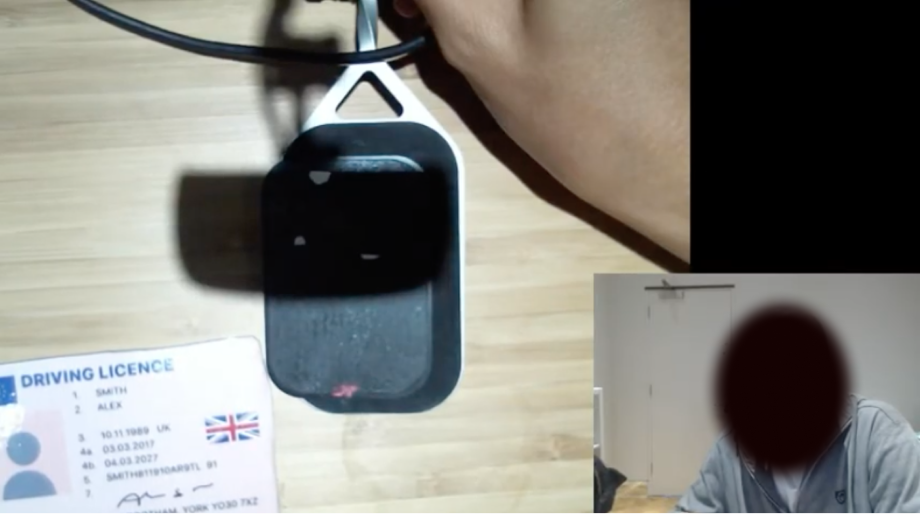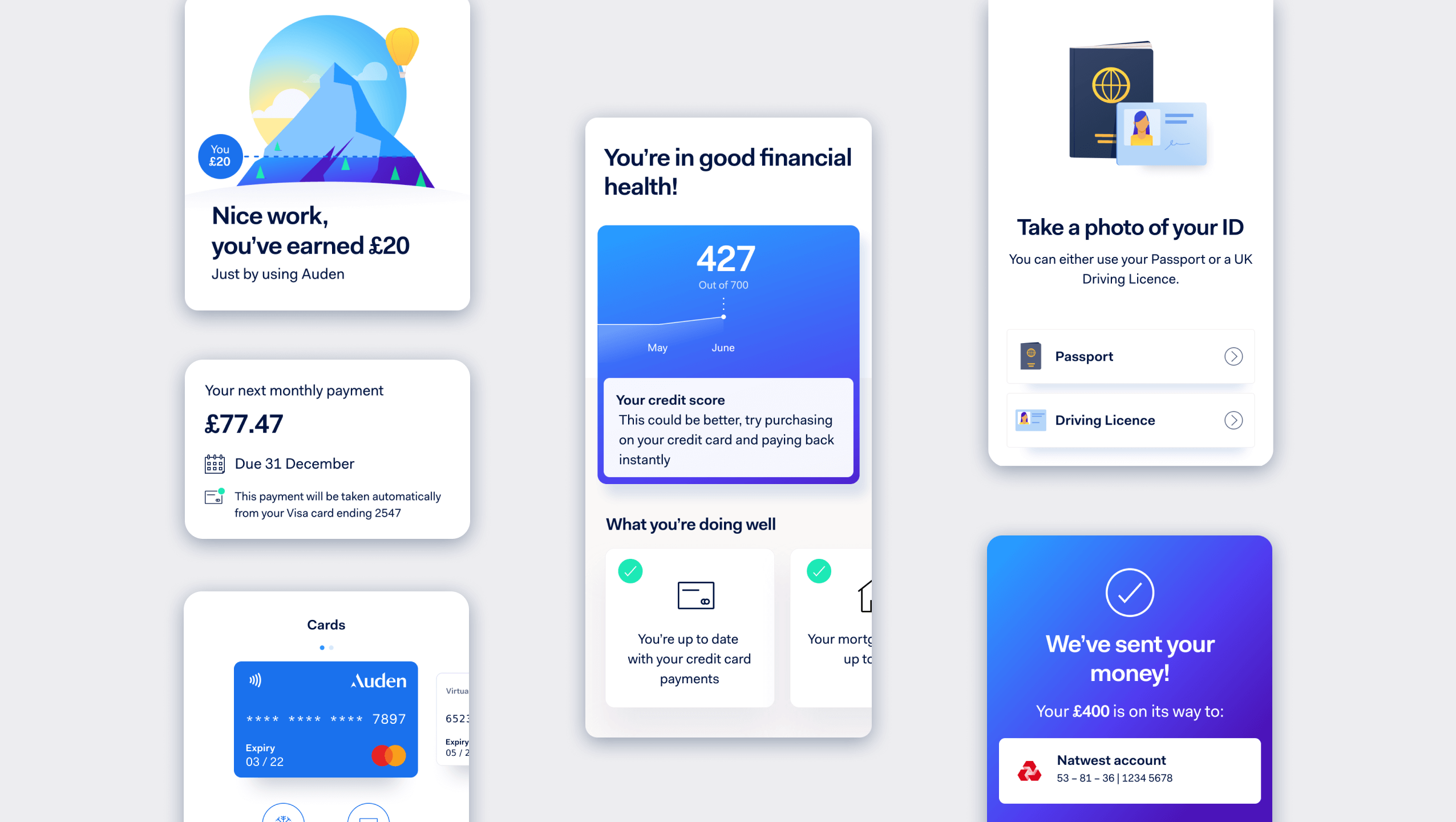RECRUITING A TEAM
With several product streams to cover, we needed to grow the design team. It being my first time recruiting a new team, I wanted to grow the team slowly and with purpose, enabling each individual to settle and contribute to our ways of working.
We grew into a healthy team of five experienced, generalist designers; important, as being a startup, things could change quickly and we needed a breadth of skills.
To foster better collaboration, I brought copywriters into our design meetings and crits, and pushed for design to report into Product, which opened doors for me to take part in recruiting Product Managers.
We became a close team, but of course, we had different perspectives and lots of debate. Some of which we struggled to resolve.
We needed guiding principles. After a lot of desk research, workshops (which I led) and some excellent copywriting support, we came up with product design principles distinct to Auden. One of which you can see here:








